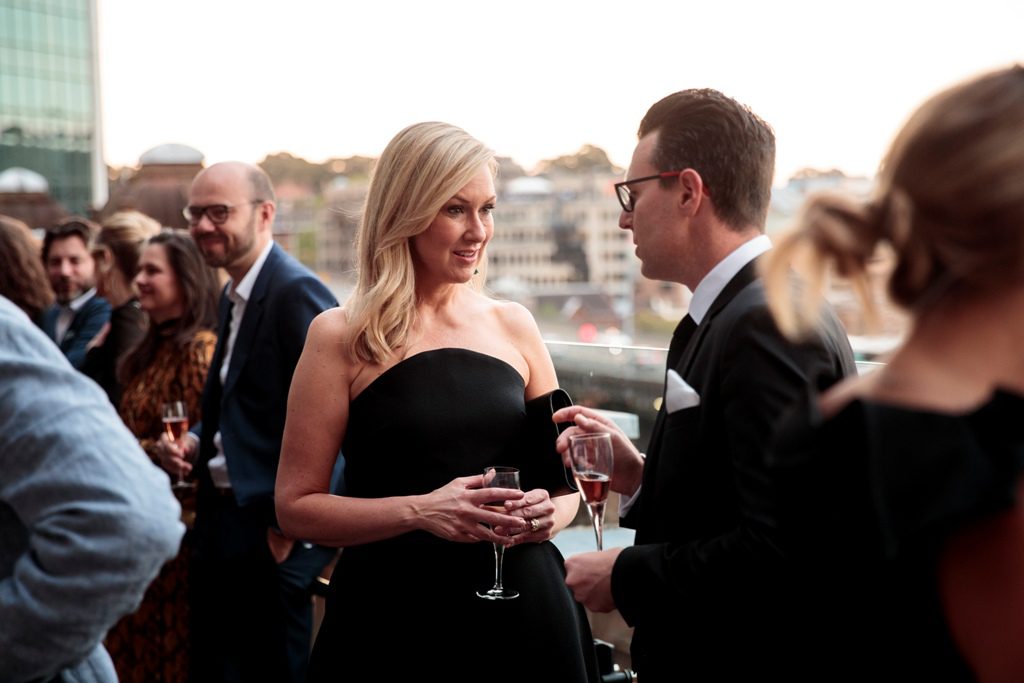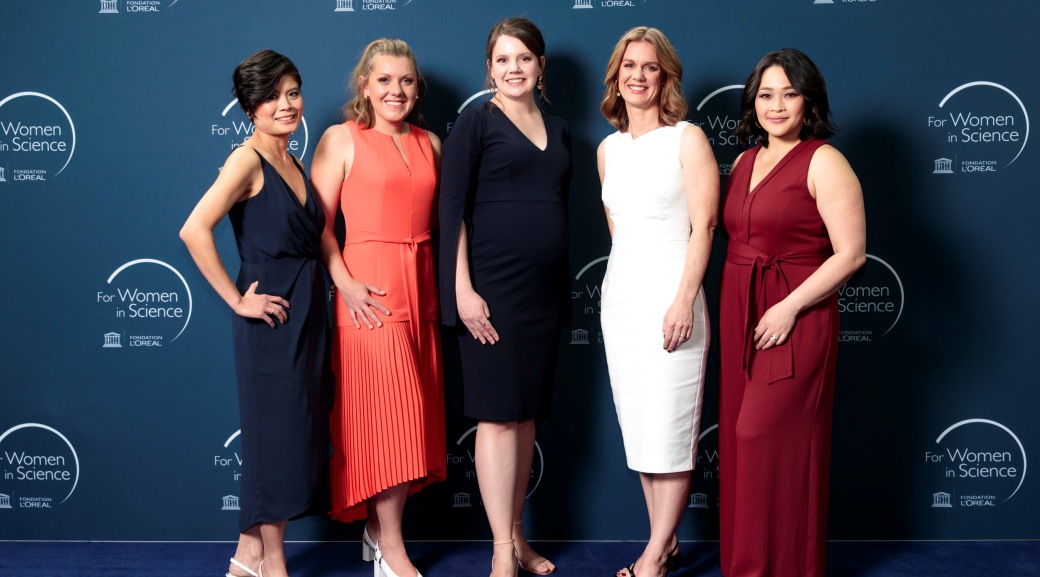With barely over a quarter of scientific researchers being women – some 28% globally – and a dismal 3% of scientific Nobel Prizes going to the girls, L’Oréal and UNESCO continue their partnership to increase the number of women working in scientific research.
In 1998, L’Oréal and UNESCO founded the For Women in Science program to promote and highlight the critical importance of ensuring greater participation of women in science.
The For Women in Science program recognises the achievements of exceptional female scientists at the early stages of their careers and awards them with a Fellowship to help further their research.
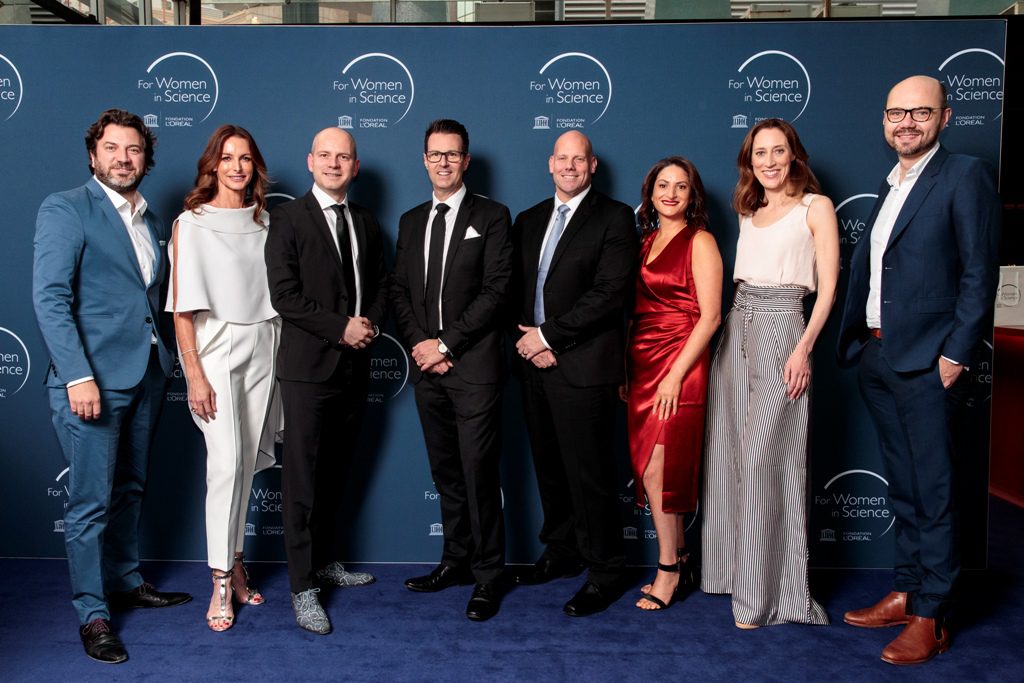
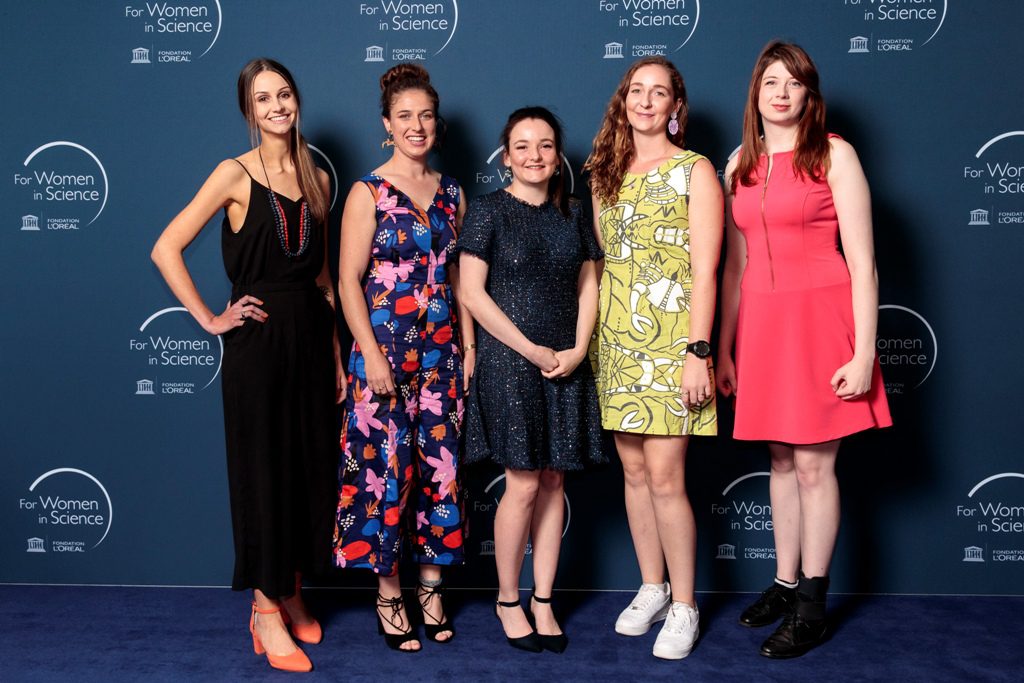
Since For Women in Science was established, more than 3,100 women in over 117 countries have been recognised for their research and received funding to support their research and careers.
To date the program has recognised 44 outstanding local scientists, supporting them to continue their research and help them rise to leadership positions in their field of expertise.
Each Fellow is awarded $25,000 for a one-year project. This is intended to provide practical help for the winners to undertake research in their chosen fields and the recipients have flexibility in how they spend their fellowship, for example, buying scientific equipment, employing a research assistance, conference and travel costs or paying for childcare costs.
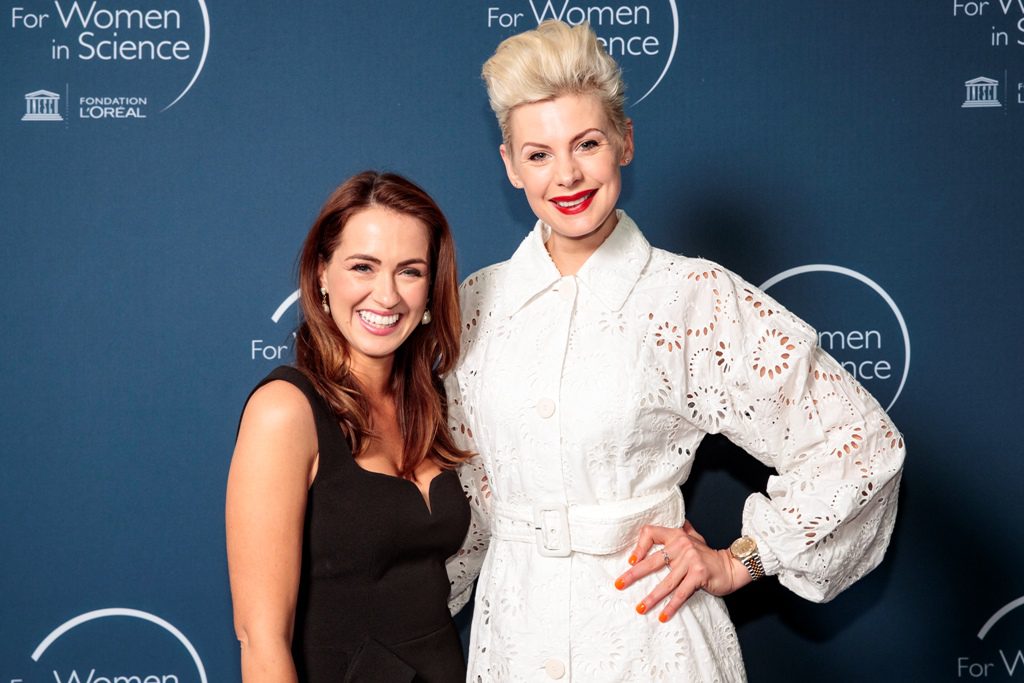
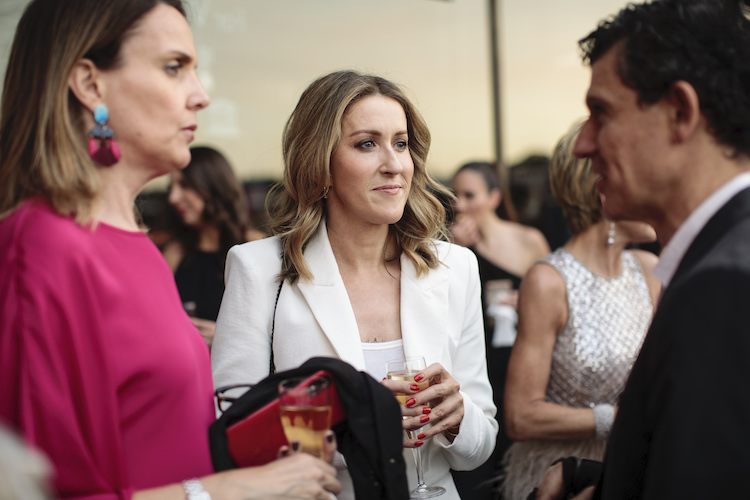
The Fellows 2019
Dr Ashleigh Hood (The University of Melbourne) – a geoscientist and reef hunter on the search for the earliest life forms and ancient reefs.
Dr Valerie Sung (Murdoch Children’s Research Institute) – researching the best treatment for children with hearing loss.
Dr Alisa Glukhova (Monash University) – a structural biologist researching individual molecules and how their behaviour is responsible for diseases such as cancer.
Dr Samantha Solon-Biet (University of Sydney) – a nutritional biologist investigating maternal nutrition and how protein intake can influence childhood obesity.
Dr Yvonne Anderson (Liggins Institute, University of Auckland) – researching the health inequalities faced by Maori and Pacific families in New Zealand.
